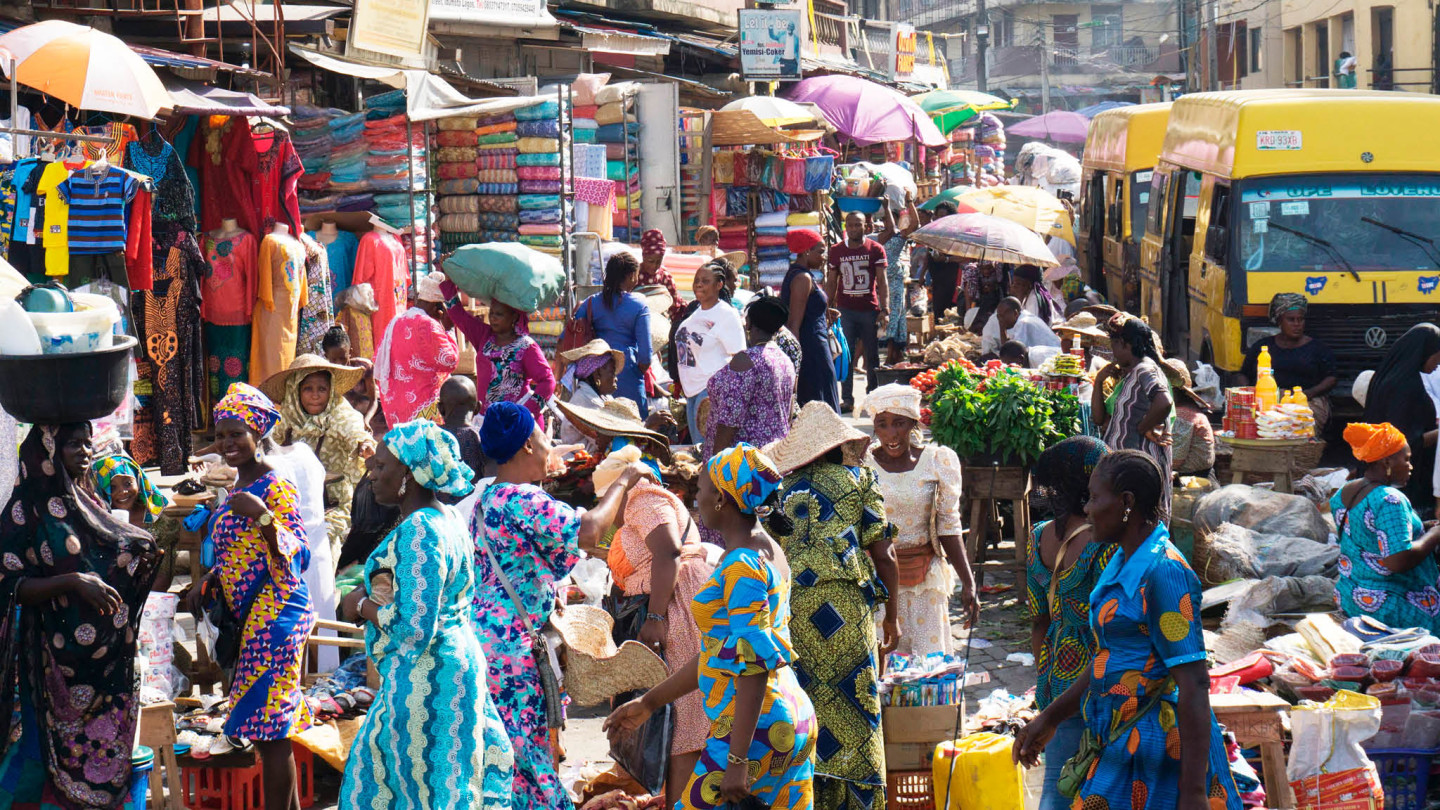Nigeria’s economy which is gradually tilting towards decline is positioned to face microeconomic shocks over the impending removal of subsidy and Naira redesign policy by the Central Bank of Nigeria.
Africa’s largest economy reported that its Gross Domestic Product expanded by 3.4 percent in 2021, after shrinking by 1.92 percent in 2020. It is projected to grow at 3 percent in 2023.
GDP per Capita in Nigeria is expected to reach 2502.00 USD by the end of 2023, according to Trading Economics global macro models and analysts expectations. In the long term, Nigeria’s GDP per capita is projected to trend around 2585.00 USD in 2024 and 2660.00 USD in 2025, according to our econometric models.
The Federal Government postponed subsidy removal by 18 months – till the end of the second quarter (Q3) 2023. While Nigerians continue to, directly and indirectly, bear the brunt of the CBN’s new Naira redesign.
Nigeria has lost N20 trillion to the Naira redesign policy since it started in January 2023, according to a report by the Centre for the Promotion of Private Enterprise (CPPE).
Analysts at Macroeconomic Intelligence Provider, FocusEconomics in its April 2023 Consensus Forecast Report that Nigeria faces a financial risk due to these government policies – subsidy removal and Naira redesign.
The Nigerian government’s postponement of subsidy removal and the cash shortage induced by the CBN Naira redesign policy that gripped the nation’s economy could cause fiscal risk, which includes macroeconomic shocks, financial crises, and commodity price shocks.
Potential Relief
According to Analysts, the widespread insecurity is a downside risk but said the commencement of the Dangote refinery will be a gain for the economy.
“Failure to scrap the government’s fuel subsidy is a major fiscal risk, as is the evolution of the cash shortage. Widespread insecurity is a key downside risk, while the coming online of the Dangote refinery is an upside risk,” analysts at FocusEconomics wrote.
The country’s economic growth has been hampered by its oil sector, which fell by 13.4 percent in Q4 2022 – though this is less than the 22.7 percent drop recorded in Q3 last year.
“Nigeria’s oil sector has continued to be a drag on overall growth, albeit less so than in previous quarters. In Q4, the sector posted a 13.4% decline, a more moderate contraction than Q3’s 22.7% plunge.
“Oil production rose to an average of 1.34 million barrels per day (mbpd) in Q4 from 1.20 million barrels per day (m/bpd) in the previous three months.
The improvement in production was largely due to the government’s ongoing crackdown on oil theft and the restoration of operations at a terminal in November,” the report reads.
FocusEconomics said Nigeria’s economy has been driven largely by the non-sector despite improvement in oil production output.
“The non-oil sector of the economy was the engine of growth—as it has been since late 2020. Growth in the sector picked up to 4.4% year on year in Q4 (Q3: +4.3% year-on-year).
“The acceleration chiefly reflected the agricultural sector gaining steam and growing 2.0% in Q4 (Q3: +1.3% year-on-year).”





